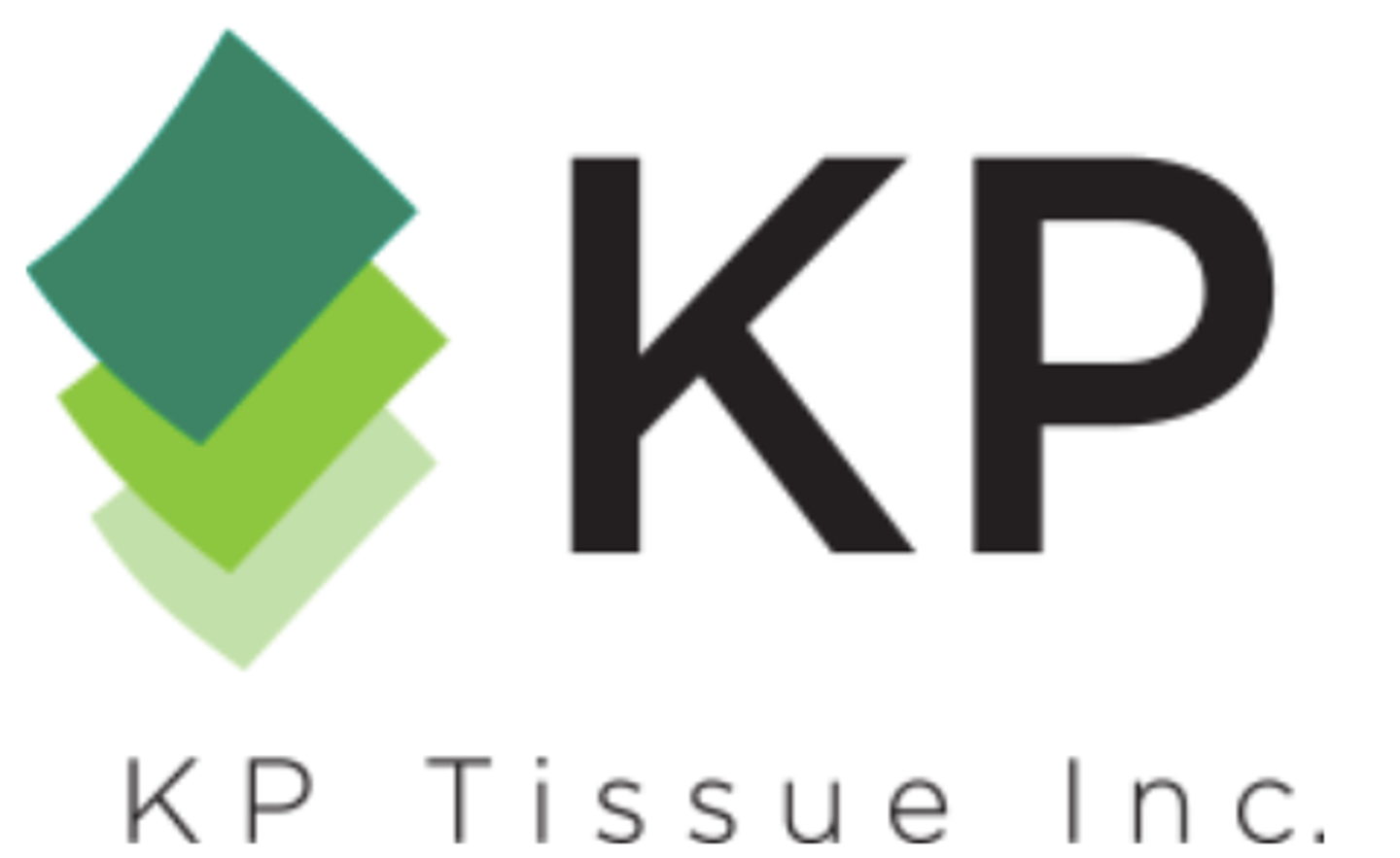KP Tissue Q4 Revenue Grows Driven by Price Hikes
KP Tissue fourth quarter revenue was up over the comparable quarter in 2022 as selling price increases in all segments helped offset lower sales value in the consumer segment.
For the quarter ended Dec. 31, total revenue was $458.1 million, up 8% from revenue in the fourth quarter of 2021. Net income in the quarter was $16 million compared to net income of $42.3 million in the fourth quarter of 2021.
“We are highly encouraged by the ongoing recovery of our financial results in 2022 despite uncertain market conditions and persistent inflationary pressure,” said Dino Bianco, CEO of KP Tissue. “Revenue improved year-over-year mainly due to selling price increases across all segments and regions to counter higher pulp, manufacturing and freight costs. In the Consumer segment, we witnessed lower volume in the latter part of the year as some consumers traded down on purchases given higher market pricing.
For the full year, revenue was up 14.8% to $1.68 billion. Net loss for the year was $56.9 million in 2022, compared with net income of $42 million in 2021.
Bianco said the company earlier this year took steps to enhance profitability that included shutting down certain legacy assets at its Memphis plant, including a paper machine and six converting lines. The impact on U.S. customers, he said, has been negligible as the company refocuses production capacity on other products.
“In addition, our Sherbrooke expansion project will become a key, long-term catalyst with two new lines starting up this year,” he said. “In 2023, we intend to deliver continued topline growth with improved profitability, while prudently investing in our brands to support price increases and manage price gaps.
Looking ahead to the first quarter of 2023, Bianco said price increases are in place, and the company believes inflationary pressure has stabilized, while its operating efficiency continues to gain traction as the company tightly manages its discretionary spending.


